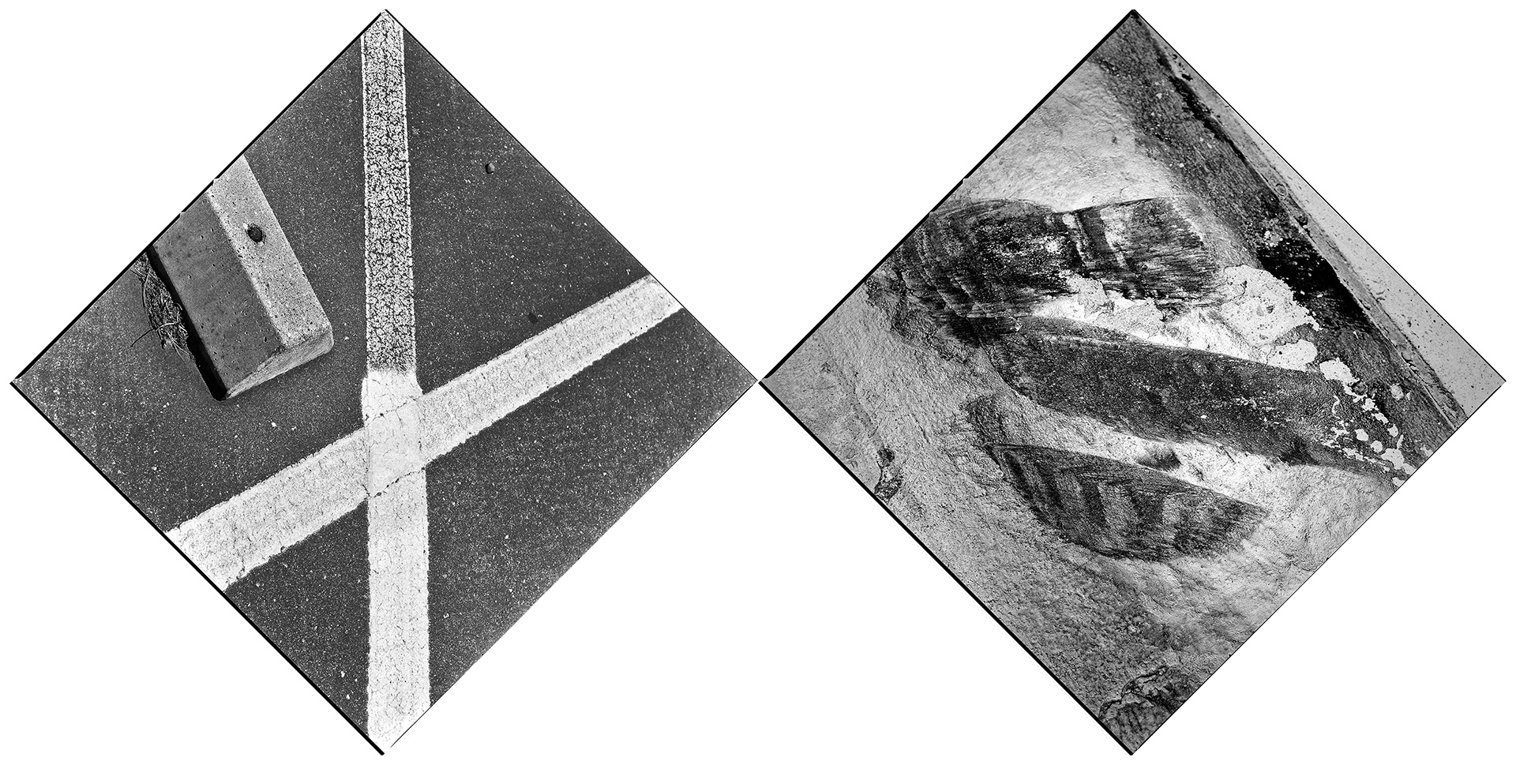Since the sudden shift to remote work began in March 2020, American photographer Arthur Tress has been photographing empty parking lots. Tech giants, including Google and Facebook, have continued to delay the return to in-person work. The emptiness resounds on the roads of Silicon Valley.

You’re getting blind.
Don’t miss the best of visual arts. Subscribe for $9 per month or $108 $90 per year.
Already suscribed ?



